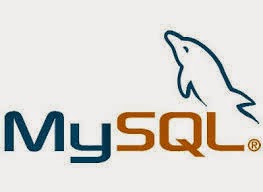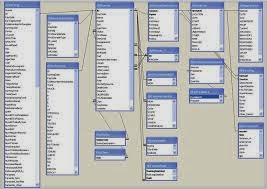Advantages of Using PHP with MySQL
There are several factors that make using PHP and MySQL
together a natural choice:
PHP and MySQL work well together
- PHP and MySQL have been developed with each other in mind, so they are easy to use together. The programming interfaces between them are logically paired up. Working together wasn't an afterthought when the developers created the PHP and MySQL interfaces.
PHP and MySQL have open source power
- As they are both open source projects, PHP and MySQL can both be used for free. MySQL client libraries are no longer bundled with PHP. Advanced users have the ability to make changes to the source code, and therefore, change the way the language and programs work.
PHP and MySQL have community support
- There are active communities on the Web in which you can participate and they'll answer your questions. You can also purchase professional support for MySQL if you need it.
PHP and MySQL are fast
- Their simplicity and efficient design enables faster processing.
PHP and MySQL don't bog you down with unnecessary details.
- You don't need to know all of the low-level details of how the PHP language interfaces with the MySQL database, as there is a standard interface for calling MySQL procedures from PHP. Online APIs at http://www.php.net offer an unlimited resource.As we mentioned above, both PHP and MySQL are open source projects, so there's no need to worry about user licenses for every computer in your office or home. In open source projects and technologies, programmers have access to the source code; this enables individual or group analysis to identify potentially problematic code, test, debug, and offer changes as well as additions to that code. For example, Unixthe forerunner in the open source software communitywas freely shared with university software researchers. Linux, the free alternative to Unix, is a direct result of their efforts and the open source licensing paradigm.PHP is ubiquitous and compatible with all major operating systems. It is also easy to learn, making it an ideal tool for web-programming beginners. Additionally, you get to take advantage of a community's effort to make web development easier for everyone. The creators of PHP developed an infrastructure that allows experienced C programmers to extend PHP's abilities. As a result, PHP now integrates with advanced technologies like XML, XSL, and Microsoft's COM. At this juncture, PHP 5.0 is being used.MySQL was developed in the 1990s to fill the ever-growing need for computers to manage information intelligently. The original core MySQL developers were trying to solve their needs for a database by using mSQL, a small and simple database. It become clear that mSQL couldn't solve all the problems they wanted it to, so they created a more robust database that turned into MySQL







